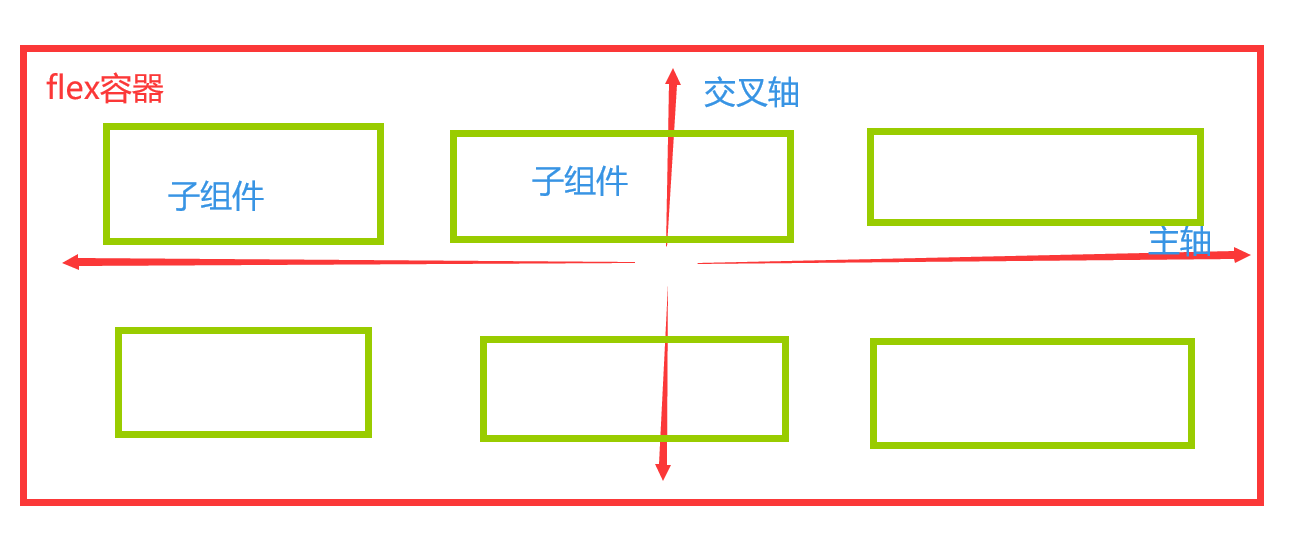本文主要是介绍CIBERSORT 学习笔记,希望对大家解决编程问题提供一定的参考价值,需要的开发者们随着小编来一起学习吧!
CIBERSORT
CIBERSORT is an analytical tool from the Alizadeh Lab developed by Newman et al. to provide an estimation of the abundances of member cell types in a mixed cell population, using gene expression data.
CIBERSORTx, the next generation version of CIBERSORT, is now available (Newman et al.), with support for single-cell RNA-seq and cell type-specific gene expression purification. We recommend moving over to the CIBERSORTx website. For users who registered with CIBERSORT prior to 2018, you may log in with your CIBERSORT account credentials, otherwise please register for a new account.
CIBERSORT 旧版官网入口:https://cibersort.stanford.edu/
现在新版本名字加了一个x,叫CIBERSORTx,主要增加了适配大量组织(bulk tissue)样本单细胞测序方面的功能,新版入口:https://cibersortx.stanford.edu/
原文地址:https://www.nature.com/articles/nmeth.3337
一、CIBERSORT 是什么

CIBERSORTx is an analytical tool from the Alizadeh Lab and Newman Lab to impute gene expression profiles and provide an estimation of the abundances of member cell types in a mixed cell population, using gene expression data. (输入基因表达矩阵,输出样本中的各种细胞类型的丰度。比较有意思的是,CIBERSORT的设计之初的核心目标是“predicting fractions of multiple cell types in gene expression profiles (GEPs)”,可能例子里22个免疫细胞 signature让人太过印象深刻,几乎全互联网的教程都是基于免疫细胞的,CIBERSORT也被认为是专门用来量化免疫浸润的,其实signature是可以按需求自行选择的。)
二、CIBERSORT 怎么用
CIBERSORT可以在线用(第一部分有官网,里面有详细教程),也可以在本地用R环境跑。CIBERSORT是基于线性支持向量回归(SVR)开发的,gene作为输入在计算过程中去卷积化。CIBERSORT主要需要ν-SVR算法的库, 用R去执行CIBERSORT的话,需要加载 R package e1071作为前置条件。CIBERSORT R script v1.04 代码:
# CIBERSORT R script v1.04 (last updated 10-24-2016)
# Note: Signature matrix construction is not currently available; use java version for full functionality.
# Author: Aaron M. Newman, Stanford University (amnewman@stanford.edu)
# Requirements:
# R v3.0 or later. (dependencies below might not work properly with earlier versions)
# install.packages('e1071')
# install.pacakges('parallel')
# install.packages('preprocessCore')
# if preprocessCore is not available in the repositories you have selected, run the following:
# source("http://bioconductor.org/biocLite.R")
# biocLite("preprocessCore")
# Windows users using the R GUI may need to Run as Administrator to install or update packages.
# This script uses 3 parallel processes. Since Windows does not support forking, this script will run
# single-threaded in Windows.
#
# Usage:
# Navigate to directory containing R script
#
# In R:
# source('CIBERSORT.R')
# results <- CIBERSORT('sig_matrix_file.txt','mixture_file.txt', perm, QN, absolute, abs_method)
#
# Options:
# i) perm = No. permutations; set to >=100 to calculate p-values (default = 0)
# ii) QN = Quantile normalization of input mixture (default = TRUE)
# iii) absolute = Run CIBERSORT in absolute mode (default = FALSE)
# - note that cell subsets will be scaled by their absolute levels and will not be
# represented as fractions (to derive the default output, normalize absolute
# levels such that they sum to 1 for each mixture sample)
# - the sum of all cell subsets in each mixture sample will be added to the ouput
# ('Absolute score'). If LM22 is used, this score will capture total immune content.
# iv) abs_method = if absolute is set to TRUE, choose method: 'no.sumto1' or 'sig.score'
# - sig.score = for each mixture sample, define S as the median expression
# level of all genes in the signature matrix divided by the median expression
# level of all genes in the mixture. Multiple cell subset fractions by S.
# - no.sumto1 = remove sum to 1 constraint
#
# Input: signature matrix and mixture file, formatted as specified at http://cibersort.stanford.edu/tutorial.php
# Output: matrix object containing all results and tabular data written to disk 'CIBERSORT-Results.txt'
# License: http://cibersort.stanford.edu/CIBERSORT_License.txt#Core algorithm
CoreAlg <- function(X, y, absolute, abs_method){#try different values of nusvn_itor <- 3res <- function(i){if(i==1){nus <- 0.25}if(i==2){nus <- 0.5}if(i==3){nus <- 0.75}model<-svm(X,y,type="nu-regression",kernel="linear",nu=nus,scale=F)model}if(Sys.info()['sysname'] == 'Windows') out <- mclapply(1:svn_itor, res, mc.cores=1) elseout <- mclapply(1:svn_itor, res, mc.cores=svn_itor)nusvm <- rep(0,svn_itor)corrv <- rep(0,svn_itor)#do cibersortt <- 1while(t <= svn_itor) {weights = t(out[[t]]$coefs) %*% out[[t]]$SVweights[which(weights<0)]<-0w<-weights/sum(weights)u <- sweep(这篇关于CIBERSORT 学习笔记的文章就介绍到这儿,希望我们推荐的文章对编程师们有所帮助!







